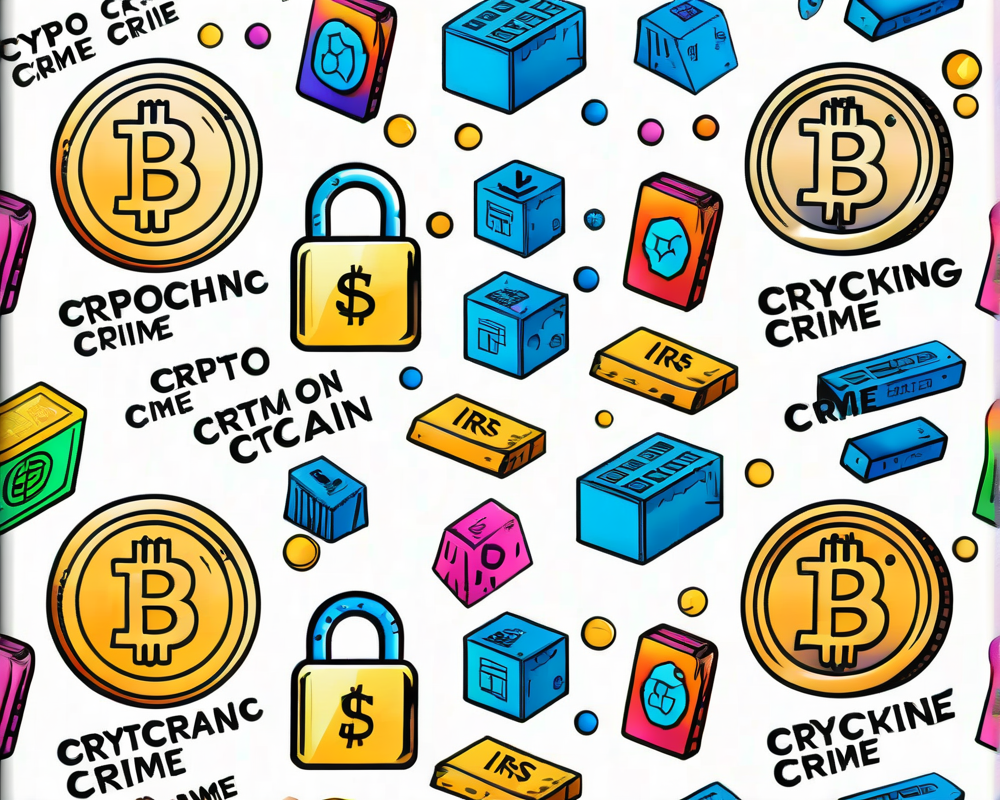The Paradigm Shift: From Tokenization to Trust
In the ever-evolving ecosystem of Web3, a topic that’s sparking heated discussions among crypto enthusiasts is the shift from merely tokenizing assets to encoding the social relationships of trust. This was succinctly articulated in a mid-2022 paper by Ethereum’s co-founder, Vitalik Buterin, along with E. Glen Weyl and Puja Ohlhaver. Their emphasis was clear: without social context, even the most advanced tokens fall short of creating a connected and trust-based society.
What Exactly Are Soulbound Tokens?
Soulbound tokens (SBTs) are like the magical credentials in the realm of nonfungible tokens (NFTs) that you can’t trade. Think of them as digital badges you earn throughout your life—which are non-transferable. These tokens showcase an individual’s credentials and affiliations but tell only half the story. They lack the narrative that connects individuals to each other in the greater social tapestry.
Decentralized Social Graphs: The Missing Link
To address the gaps left by SBTs, decentralized social graphs step in like the Robin Hood of social context—robbing from the centralized platforms and giving power back to the people. They map the connections between users across different networks, providing a richer understanding of identities that goes beyond wallets and tokens. In essence, imagine a web of friendships, collaborations, and interactions represented graphically, allowing individuals to reclaim their digital identities and social interactions.
The Interoperability Challenge
As social media has snowballed—counting a whopping 4.7 billion global users—this poses a unique challenge. Ideally, who wouldn’t want to utilize multiple platforms without starting from scratch each time? Yet, without a universal bridge like HTTP for the Web, trying to connect various DApps (Decentralized Applications) can often feel like herding cats. But it looks like startups are hot on the trail of solutions that balance user control, privacy, and interoperability.
Enter Semantic SBTs
Relation Labs has unveiled some groundbreaking work with Semantic SBTs, enhancing SBTs with a ‘semantic layer.’ Picture this: when you “heart” a post on social media, Relation’s system can track and structure that action into relatable data, just like naming a character in a movie. This framework allows a bird’s eye view of social interactions, marrying blockchain benefits with community trust.
AI Meets Decentralized Identity
Relation Labs isn’t stopping at semantics—they’re integrating AI to turn social graphs into something audible, tangible, and downright user-friendly. Anyone who’s ever felt lost in a social media feed will appreciate a system that delivers customized experiences based on real social connections, bolstered with smart privacy controls. Think of AI as your personal concierge navigating the labyrinth of digital identity.
Case in Point: Relation ONE
Imagine chatting on an NFT marketplace without revealing your life story—just share your wallet address! That’s the dream brought to reality with Relation ONE, a chat plugin that allows interactions across various DApps seamlessly while maintaining user anonymity. No more awkward introductions!
Towards a Trust-Based Web3 Society
The rallying cry isn’t just about technology; it’s about transforming the digital landscape into a trust-based, socially interconnected web of relationships. By enhancing SBTs with the power of AI and decentralized social graphs, Relation Labs is working to provide clarity in navigating human relationships in a digital age. And yes, they carry the mantra of user sovereignty in their toolkit.




